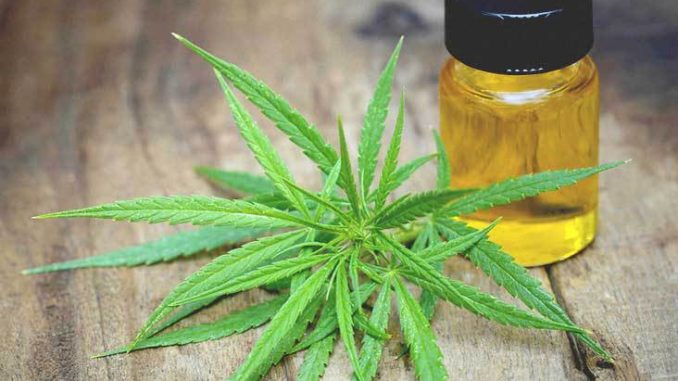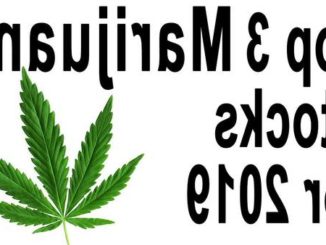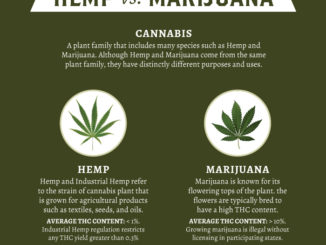
Enter any bar or public place and canvass opinions on cannabis and there will be a different opinion for each person canvassed. Some opinions will be well-informed from respectable sources while others will be just formed upon no basis at all. To be sure, research and conclusions based on the research is difficult given the long history of illegality. Nevertheless, there is a groundswell of opinion that cannabis is good and should be legalised. Many States in America and Australia have taken the path to legalise cannabis. Other countries are either following suit or considering options. So what is the position now? Is it good or not?
The National Academy of Sciences published a 487 page report this year (NAP Report) on the current state of evidence for the subject matter. Many government grants supported the work of the committee, an eminent collection of 16 professors. They were supported by 15 academic reviewers and some 700 relevant publications considered. Thus the report is seen as state of the art on medical as well as recreational use. This article draws heavily on this resource.
The term cannabis is used loosely here to represent cannabis and marijuana, the latter being sourced from a different part of the plant. More than 100 chemical compounds are found in cannabis, each potentially offering differing benefits or risk.
CLINICAL INDICATIONS
A person who is “stoned” on smoking cannabis might experience a euphoric state where time is irrelevant, music and colours take on a greater significance and the person might acquire the “nibblies”, wanting to eat sweet and fatty foods. This is often associated with impaired motor skills and perception. When high blood concentrations are achieved, paranoid thoughts, hallucinations and panic attacks may characterize his “trip”.
PURITY
In the vernacular, cannabis is often characterized as “good shit” and “bad shit”, alluding to widespread contamination practice. The contaminants may come from soil quality (eg pesticides & heavy metals) or added subsequently. Sometimes particles of lead or tiny beads of glass augment the weight sold.
THERAPEUTIC EFFECTS
A random selection of therapeutic effects appears here in context of their evidence status. Some of the effects will be shown as beneficial, while others carry risk. Some effects are barely distinguished from the placebos of the research.
- Cannabis in the treatment of epilepsy is inconclusive on account of insufficient evidence.
- Nausea and vomiting caused by chemotherapy can be ameliorated by oral cannabis.
- A reduction in the severity of pain in patients with chronic pain is a likely outcome for the use of cannabis.
- Spasticity in Multiple Sclerosis (MS) patients was reported as improvements in symptoms.
- Increase in appetite and decrease in weight loss in HIV/ADS patients has been shown in limited evidence.
- According to limited evidence cannabis is ineffective in the treatment of glaucoma.
- On the basis of limited evidence, cannabis is effective in the treatment of Tourette syndrome.
- Post-traumatic disorder has been helped by cannabis in a single reported trial.
- Limited statistical evidence points to better outcomes for traumatic brain injury.
- There is insufficient evidence to claim that cannabis can help Parkinson’s disease.
- Limited evidence dashed hopes that cannabis could help improve the symptoms of dementia sufferers.
- Limited statistical evidence can be found to support an association between smoking cannabis and heart attack.
- On the basis of limited evidence cannabis is ineffective to treat depression
- The evidence for reduced risk of metabolic issues (diabetes etc) is limited and statistical.
- Social anxiety disorders can be helped by cannabis, although the evidence is limited. Asthma and cannabis use is not well supported by the evidence either for or against.
- Post-traumatic disorder has been helped by cannabis in a single reported trial.
- A conclusion that cannabis can help schizophrenia sufferers cannot be supported or refuted on the basis of the limited nature of the evidence.
- There is moderate evidence that better short-term sleep outcomes for disturbed sleep individuals.
- Pregnancy and smoking cannabis are correlated with reduced birth weight of the infant.
- The evidence for stroke caused by cannabis use is limited and statistical.
- Addiction to cannabis and gateway issues are complex, taking into account many variables that are beyond the scope of this article. These issues are fully discussed in the NAP report.
CANCER
The NAP report highlights the following findings on the issue of cancer:
- The evidence suggests that smoking cannabis does not increase the risk for certain cancers (i.e., lung, head and neck) in adults.
- There is modest evidence that cannabis use is associated with one subtype of testicular cancer.
- There is minimal evidence that parental cannabis use during pregnancy is associated with greater cancer risk in offspring.
RESPIRATORY DISEASE
The NAP report highlights the following findings on the issue of respiratory diseases:
- Smoking cannabis on a regular basis is associated with chronic cough and phlegm production.
- Quitting cannabis smoking is likely to reduce chronic cough and phlegm production.
- It is unclear whether cannabis use is associated with chronic obstructive pulmonary disorder, asthma, or worsened lung function.
IMMUNE SYSTEM
The NAP report highlights the following findings on the issue of the human immune system:
- There exists a paucity of data on the effects of cannabis or cannabinoid-based therapeutics on the human immune system.
- There is insufficient data to draw overarching conclusions concerning the effects of cannabis smoke or cannabinoids on immune competence.
- There is limited evidence to suggest that regular exposure to cannabis smoke may have anti-inflammatory activity.
- There is insufficient evidence to support or refute a statistical association between cannabis or cannabinoid use and adverse effects on immune status in individuals with HIV.
MORTALITY
The NAP report highlights the following findings on the issue of the increased risk of death or injury:
- Cannabis use prior to driving increases the risk of being involved in a motor vehicle accident.
- In states where cannabis use is legal, there is increased risk of unintentional cannabis overdose injuries among children.
- It is unclear whether and how cannabis use is associated with all-cause mortality or with occupational injury.
BRAIN FUNCTION
The NAP report highlights the following findings on the issue of cognitive performance and mental health:
- Recent cannabis use impairs the performance in cognitive domains of learning, memory, and attention. Recent use may be defined as cannabis use within 24 hours of evaluation.
- A limited number of studies suggest that there are impairments in cognitive domains of learning, memory, and attention in individuals who have stopped smoking cannabis.
- Cannabis use during adolescence is related to impairments in subsequent academic achievement and education, employment and income, and social relationships and social roles.
- Cannabis use is likely to increase the risk of developing schizophrenia and other psychoses; the higher the use, the greater the risk.
- In individuals with schizophrenia and other psychoses, a history of cannabis use may be linked to better performance on learning and memory tasks.
- Cannabis use does not appear to increase the likelihood of developing depression, anxiety, and posttraumatic stress disorder.
- For individuals diagnosed with bipolar disorders, near daily cannabis use may be linked to greater symptoms of bipolar disorder than for nonusers.
- Heavy cannabis users are more likely to report thoughts of suicide than are nonusers.
- Regular cannabis use is likely to increase the risk for developing social anxiety disorder.
It must be reasonably clear from the foregoing that cannabis is not the magic bullet for all health issues that some good-intentioned but ill-advised advocates of cannabis would have us believe. Yet the product offers much hope. Solid research can help to clarify the issues. The NAP report is a solid step in the right direction. Unfortunately, there are still many barriers to researching this amazing drug. In time the benefits and risks will be more fully understood. Confidence in the product will increase and many of the barriers, social and academic, will fall by the wayside.
Proudly WWW.PONIREVO.COM



